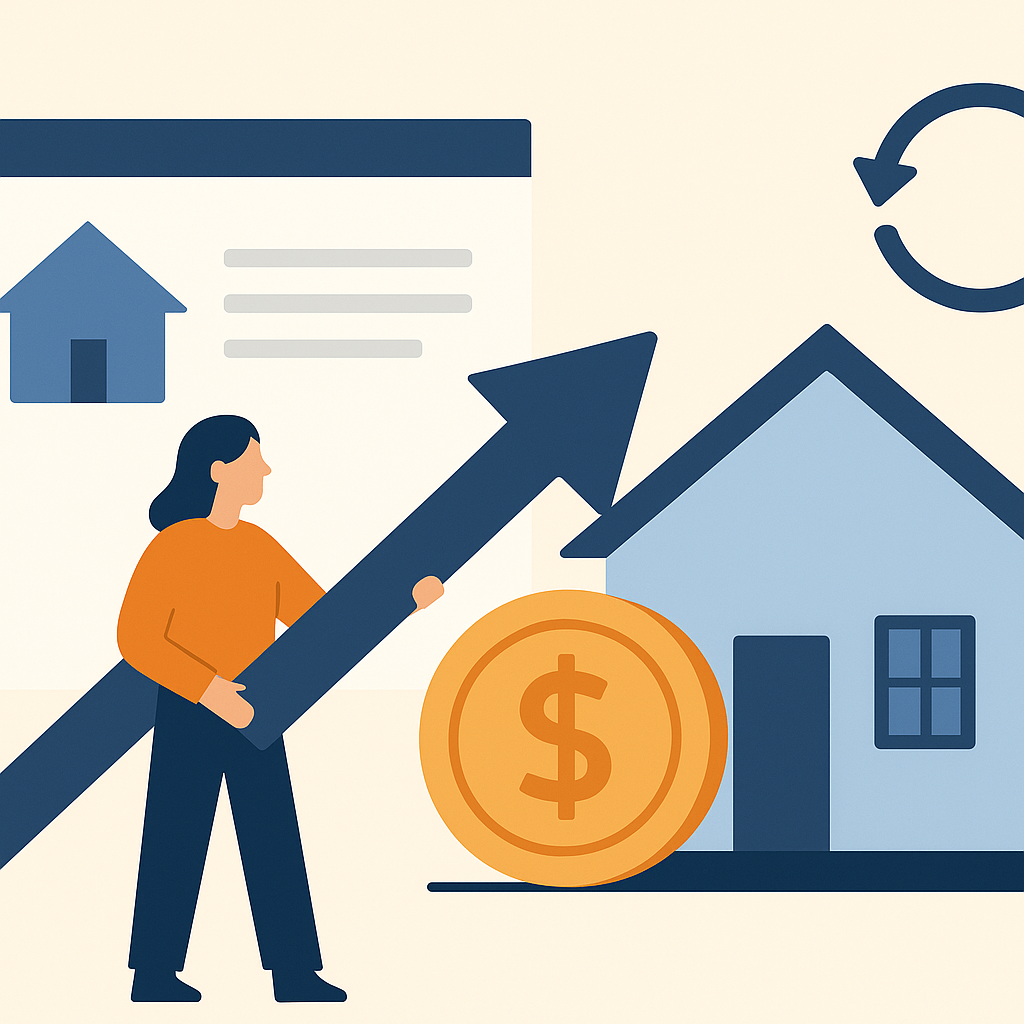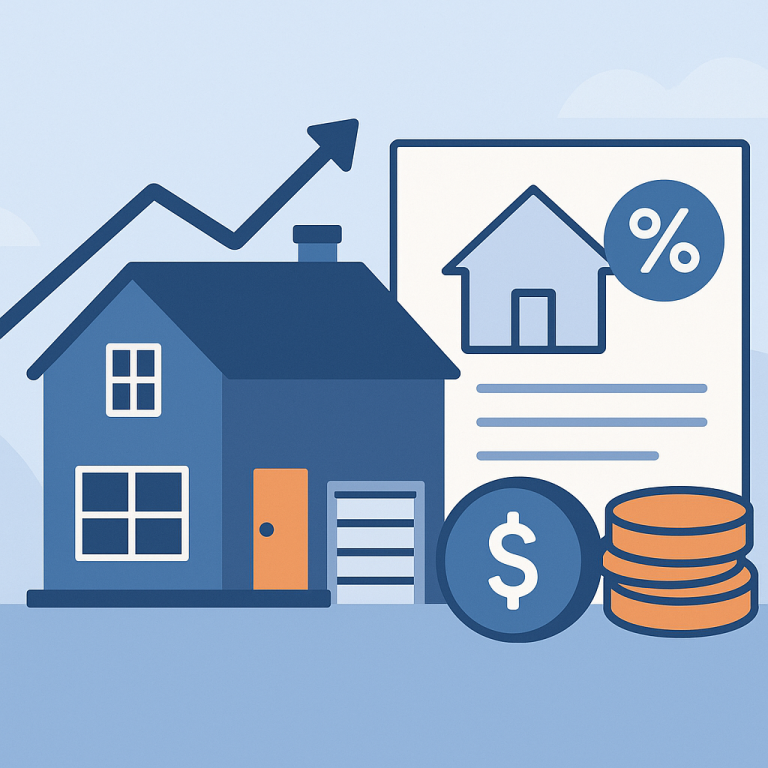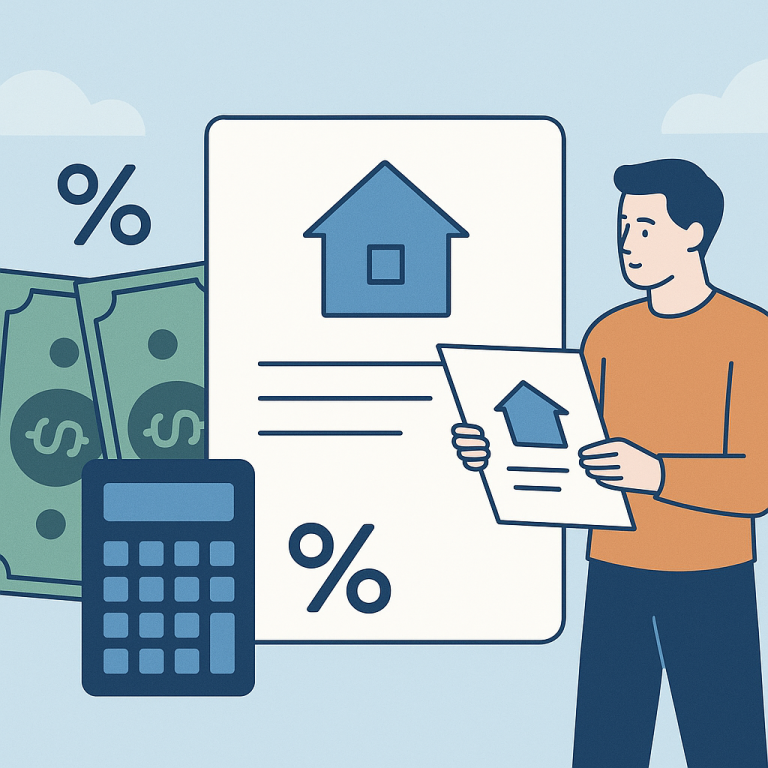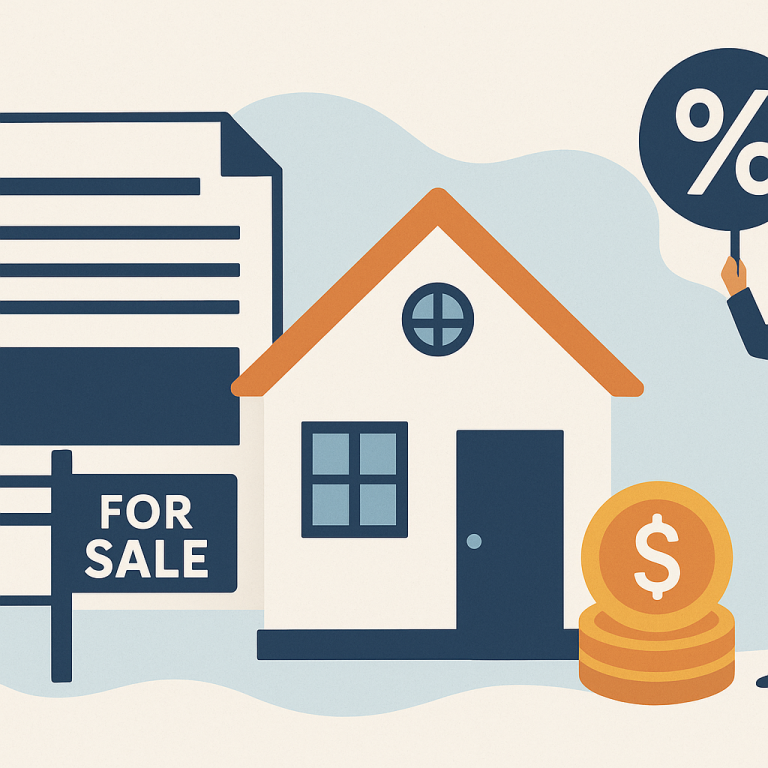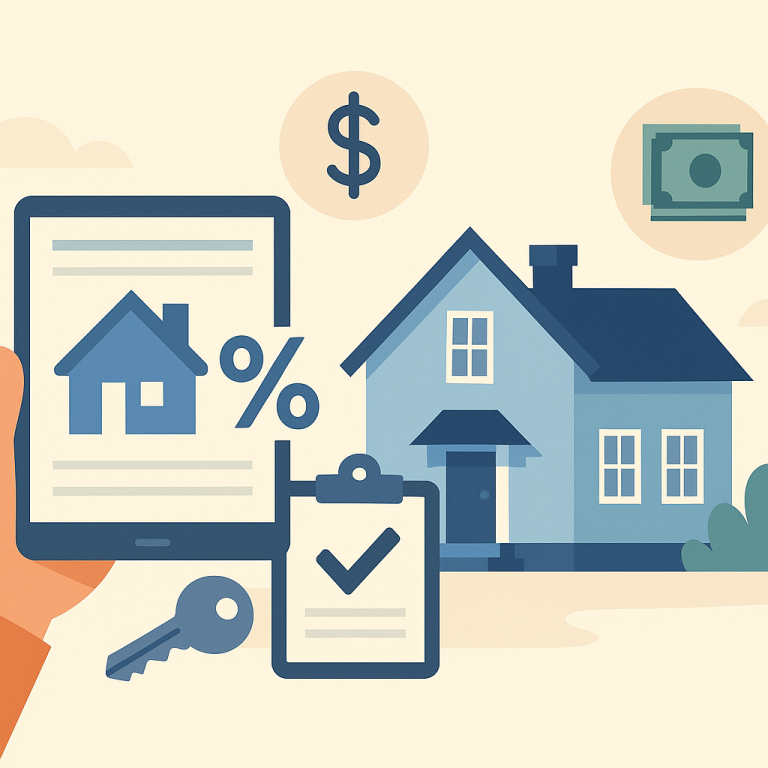30-Year Mortgage Refinance Rates Drop to 4.75% as 10-Year Treasury Yields Fall
Refinancing Interest Rebounds as Rates Ease — What Homeowners Should Consider
Mortgage refinancing activity has picked up as borrowing costs moderate from their recent highs. For many homeowners, lower headline rates mean the opportunity to reduce monthly payments, shorten loan terms, or tap home equity. But the decision to refinance remains individual: closing costs, remaining loan term, credit profile and long-term plans all affect whether refinancing will deliver meaningful benefit.
Why Refinancing Is Becoming More Common
Lenders and consumers are responding to a shift in the mortgage rate environment. After a period when rates climbed, incremental declines have made refinancing more attractive to borrowers whose current loans carry significantly higher rates. At the same time, competition among lenders has led to a wider array of products and promotional pricing, prompting homeowners to revisit their mortgage options.
Key Factors Homeowners Should Evaluate
Before initiating a refinance, homeowners should assess the following factors to determine if refinancing aligns with their financial goals:
- Break-even horizon: Compare the total upfront costs to the monthly savings to calculate how long it will take to recoup closing expenses. If you expect to move or sell before that point, refinancing may not be worthwhile.
- Loan term impact: Refinancing to a lower rate but resetting to a longer term can increase total interest paid over the life of the loan. Decide whether your priority is reduced payment today or reduced total interest long term.
- Credit and documentation: Better credit, steady income and documentation readiness typically improve access to favorable rates and terms. Prepare to provide standard income, asset and appraisal documentation when applying.
- Equity and loan-to-value (LTV): Higher equity often yields better pricing and may make certain programs available. Conversely, low equity can limit options or increase costs for mortgage insurance.
- Cash-out considerations: Extracting home equity can be financially useful for consolidation, home improvements or investments, but it increases outstanding debt and may alter the break-even calculus.
- Fees and lender credits: Compare origination fees, points, appraisal costs and other closing costs across lenders. Sometimes a slightly higher rate with lower fees is the more economical choice.
Practical Steps for Homeowners
A systematic approach helps homeowners make an informed refinancing decision:
- Gather recent mortgage statements and estimate your equity position.
- Use a reliable mortgage calculator to model monthly payments and break-even timeframes for different scenarios.
- Shop multiple lenders and request written Loan Estimates to compare all costs and fees.
- Consider locking a rate once you find a competitive offer and your application is underway, balancing lock periods against the potential for further rate movement.
- Factor in your longer-term plans—anticipated time in the home, retirement timing and other financial priorities—before committing.
Bottom Line
Moderating mortgage rates have reopened refinancing opportunities for many homeowners, but the right choice depends on personal circumstances and goals. A careful comparison of costs, projected savings and loan-term effects will reveal whether now is the right time to refinance. Homeowners who prepare documentation, shop broadly and run break-even analyses can make decisions that align with their financial objectives.
META: refinancing news; homeowner takeaways; rates moderating; break-even analysis; loan-term considerations

